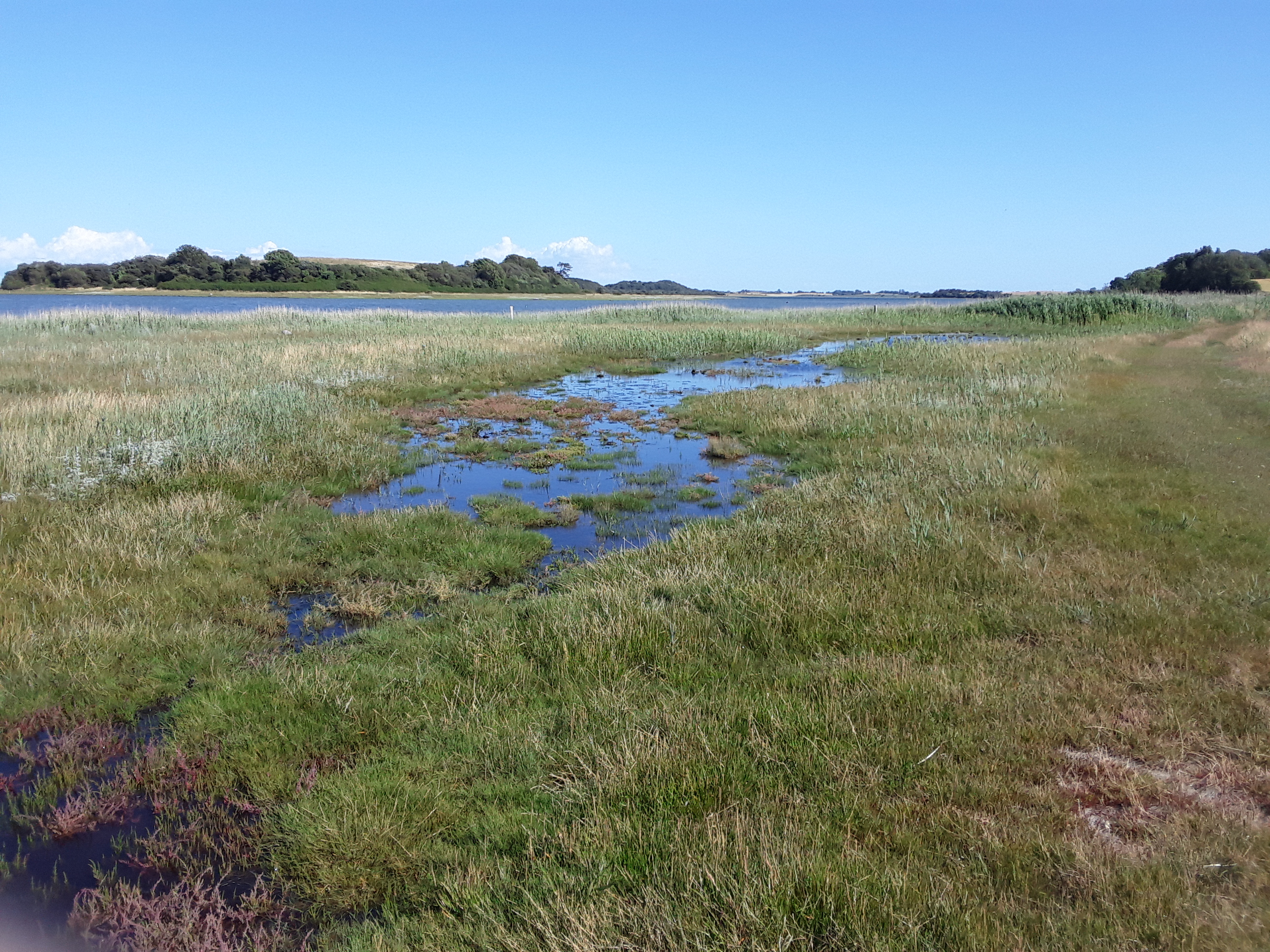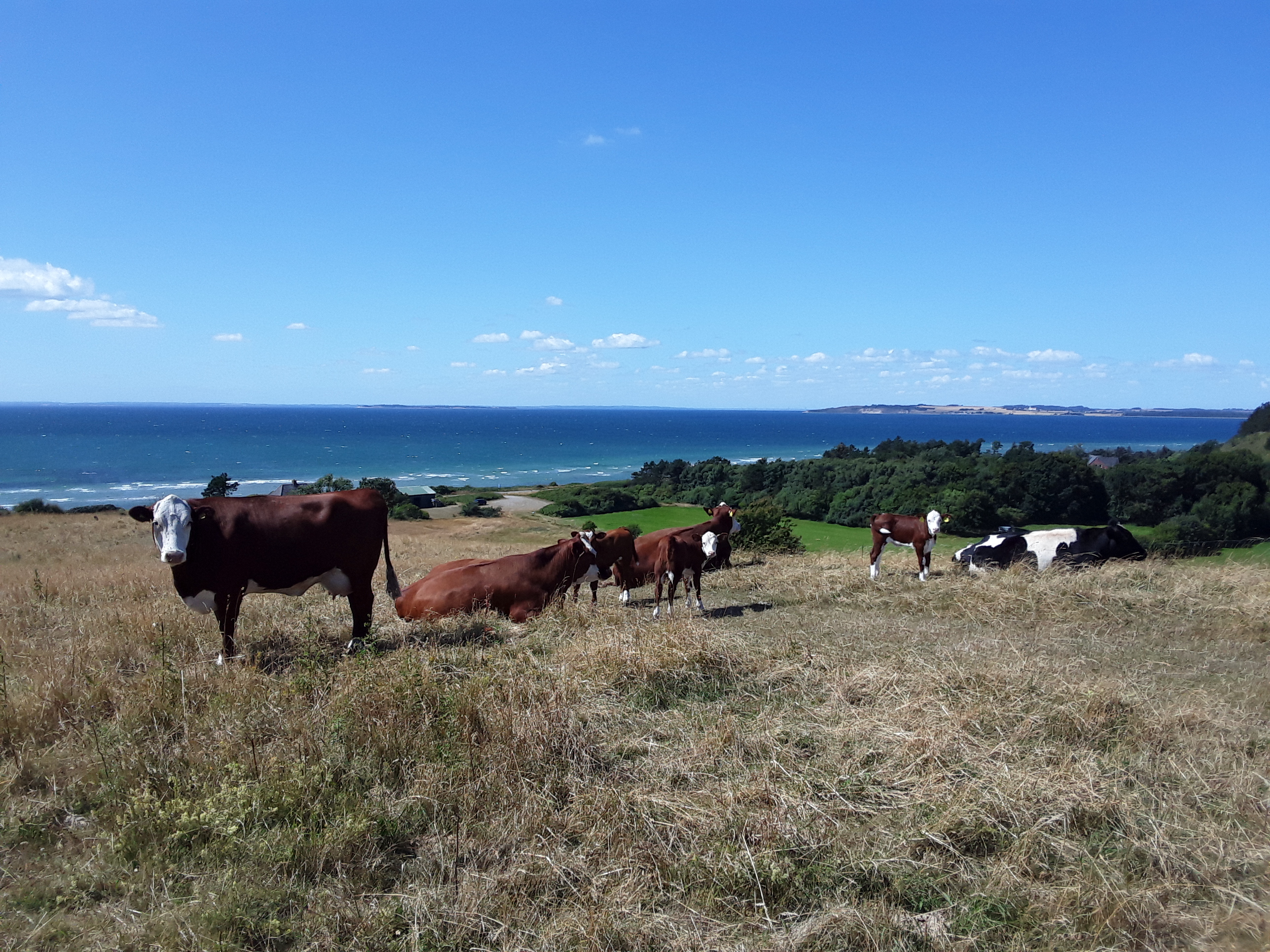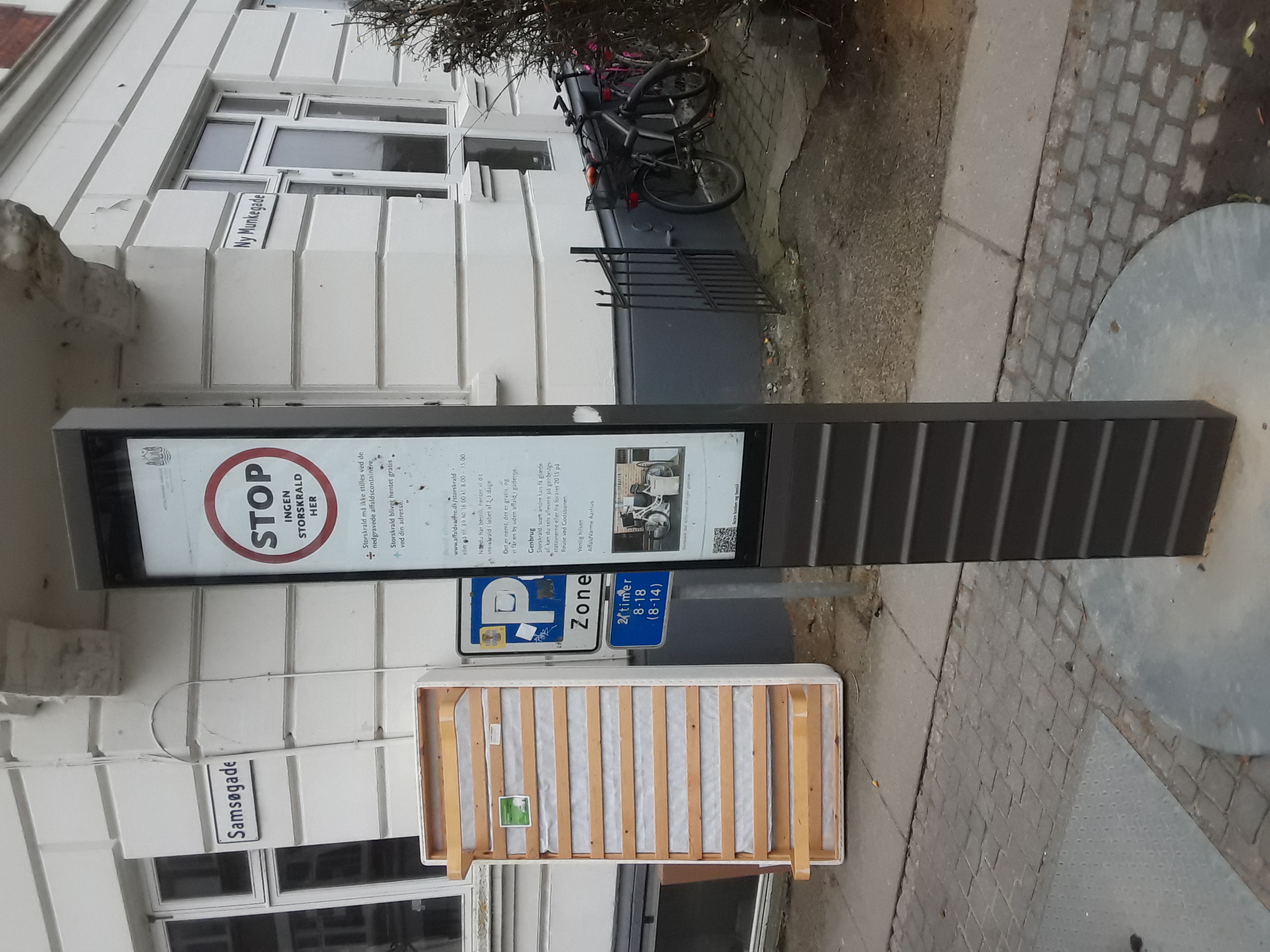Some Samsø
Peter Bakker


Some island!
Sam’s island
Eyes land
Eyes slant
I land
I slant
Slander
An Icelander
Ice lands
Øh! Ø!
Some islands
Sam’s land
I see land
West: Zealand
East: Jutland Jylland
Some eye-lands
I land
I bend
I slender
I am there


Some Island Creole Languages
In 2018 a dozen or so language researchers gathered a few kilometers from Aarhus Ø, /ˈɔ̰ːwsˈø̰/ in the local dialect, Denmark, to discuss languages spoken on islands. Aarhus Ø is a double-entendre placename meaning both Aarhus Island and Aarhus Ø (East). This new part of the city is an artificial island in the saltwater bay opposite the city center.

One discovery from the meeting related to isolates. Isolates are languages that have no known relatives. Even though the etymology of the term ‘isolate’ contains the Latinate root for ‘island’, almost none of the world’s 140 isolates are spoken on an island. Island languages are more prone to language replacement than to conservation. Another observation was that a high proportion of the world’s creole languages are spoken on islands. If not on an island, then close to the coast. Why is that? And what are creoles languages?

Creole languages are natural languages that develop out of contact between several languages. There is a widespread but faulty belief that creoles are linguistic mixtures. Even though creoles emerge in contact situations, creole languages are less mixed than languages like English, Spanish, or Dutch. Creole languages are spoken on almost all of the Caribbean islands, and the nearby coastal areas. All the indigenous languages were wiped out between the seventeenth and twentieth century and replaced by European and creole languages.
Creoles are new languages. They have inherited the lexicon—words—of an imperialist nation, often connected to European colonial powers like the Dutch, English, French, Portuguese, and Spanish. Other expanding languages such as Arabic, Japanese, Malay, and the Amerindian language, Tupinamba, have given birth to such new languages. While a creole language inherits the lexicon from the expanding languages, the grammar of creole languages is almost completely innovated and non-inherited. Some traits are from the same language source as the lexicon, and a few can be attributed to other contributing languages. Computational linguists and creolists have measured that some 80% of the grammatical traits in creoles are innovated. These results, however, are not accepted by all.
If you want to say ‘I saw some colts’ in Kriol of northern Australia, you would say, Ai bin luk sambala boniboni. All words are from English, literally: I been look some-fellow pony-pony. Past tense is not indicated in the verb (as in saw, or look-ed), but with a particle bin placed in front of the verb, here luk/look. The Kriol verb, luk, has a wider meaning than the English verb, look: ‘look, appear, see’. The element, fellow, is frequent in Kriol. It is used to form adjectives. The word for ‘colt’ always appears in a reduplicated form. There is no word boni. The Kriol sentence is grammatically more different from English 250 years after colonisation than modern English is from Old English, a millennium later: A thousand years ago, people in the British Isles said Ic seah suman coltes. Creoles develop quickly.
This illustrates what creole languages are: the words are from one language, but the way these words are arranged, the grammar, is uniquely created. Kriol is emphatically not a mixture of Aboriginal or Melanesian languages and English: its grammar is innovated. I say Melanesian because there are many similarities between the creole languages of northern Australian indigenous populations and those of the inhabitants of the Solomon Islands, Papua New Guinea, and Vanuatu. A common origin is beyond any doubt.
European and also non-European imperial powers recruited people, often by force, to work for them outside their homeland. There the subjugated people developed these miraculous linguistic creations of the human mind. The nature of the transportation, mainly by water, and the necessity to transport the work force one way and the profitable products produced by them in another direction, led to the reality that almost all creole languages are spoken on islands or near the coast. The Caribbean region, islands off the coast of Africa, Melanesian islands, and islands in the Indian Ocean are rich in creole languages. A number of creoles with a Portuguese base are or were spoken in India. All of these existed in coastal communities.
The question is how creole languages come into being. There seem to be common factors. One is the encounter of two or more groups who did not have a language in common. Scholars used to believe that it was a condition that many groups of speakers of mutually unintelligible languages would have to be present. There are a number of creoles, however, in India, Columbia, Guyana, and elsewhere where only two language groups were involved. A second factor is that at least one of these groups is displaced, and often all of the people involved are from elsewhere. One group is the powerful elite. Often the other groups are transported by ship so that they can join by these powerful groups in new colonies, where they are forced to work for them. The lexicon of the new languages is, not surprisingly, derived from the languages of the colonisers. Colonisation and slavery led to the formation of these new languages by subjugated populations. The creators of these ways of speaking showed great ingenuity during the creation of these beautiful new languages.